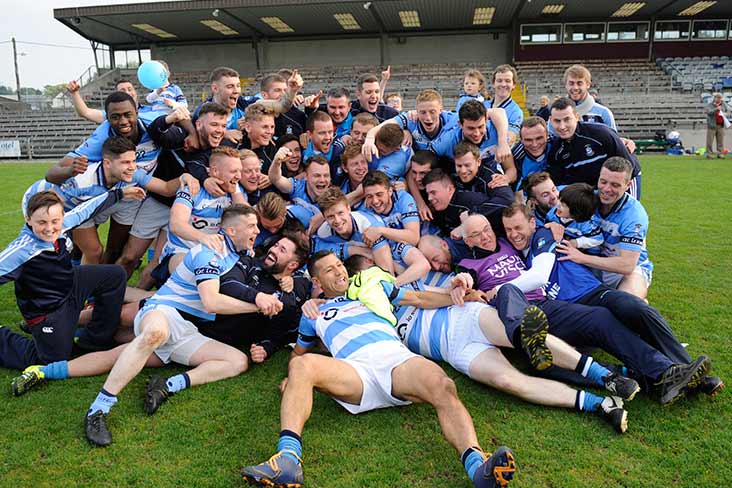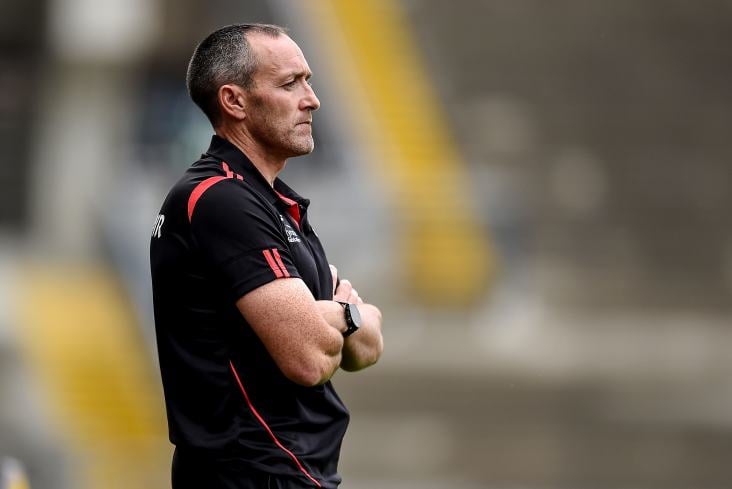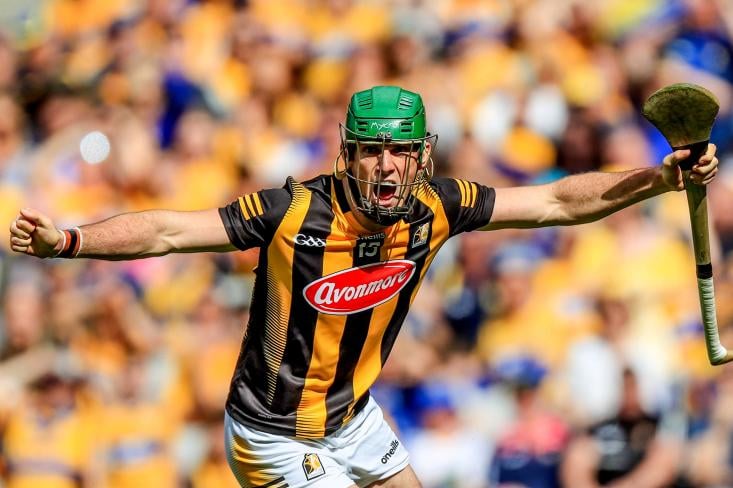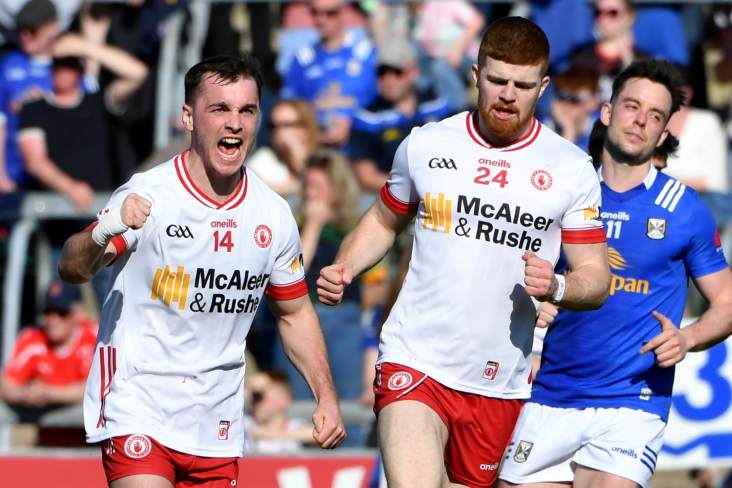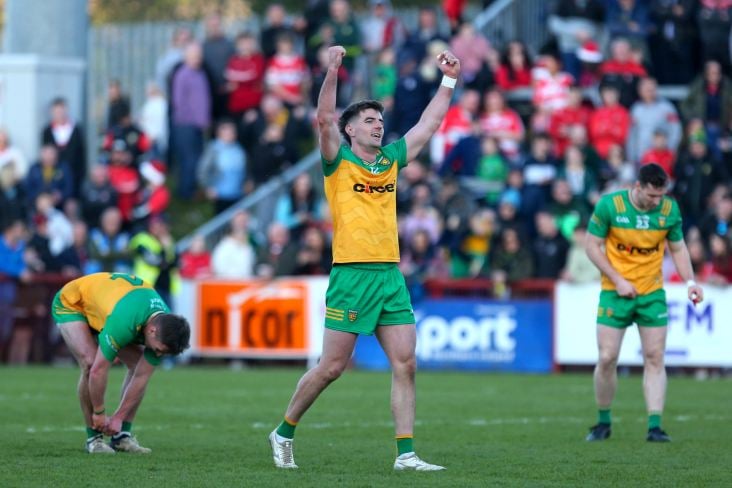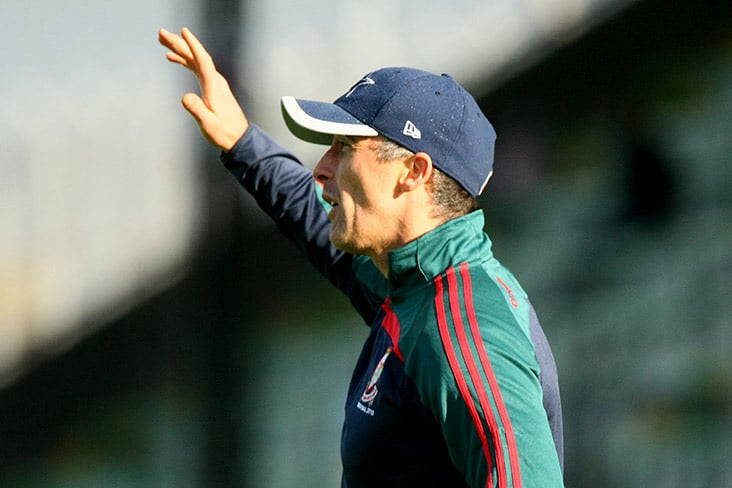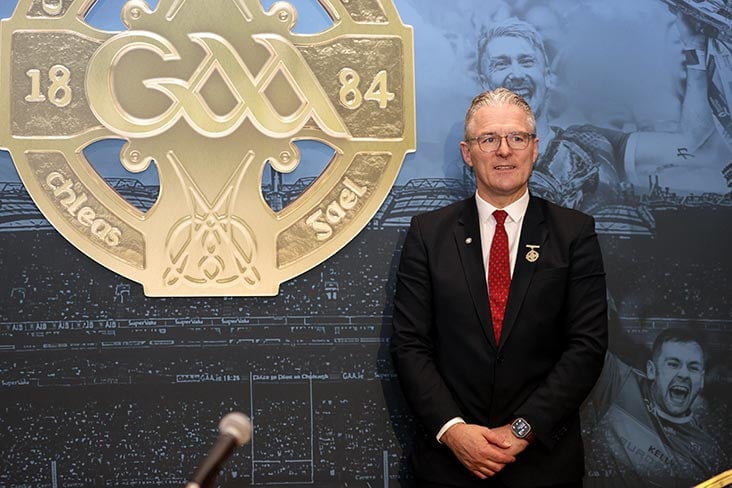Master of the horse
November 30, 2009Speaking to Ruairi O Coileáin, you get the feeling that he must be blessed with untold reserves of energy. What's the secret - Zen? Vitamin D? Ginseng? Maybe it's simpler than all that. Maybe it's just competition. Whether it was in O'Mahonys hoops in the late '70s and '80s, or the racing stripes of Van Diemen, in the saddle with Navan Road Club or in the boxing ring, competing has been the common denominator in all his many careers. For the past ten years or so, with the curtain having descended on his years of athletic achievement, he's found another outlet for that ungovernable yearning.
Originally purchased by Ruairi's father Leo, himself a renowned sportsman, Ennistown Stud has been in the O Coileáin family for more than 30 years. "My father and mother bought the farm in '76 or '77 and completely revamped the whole place by laying new roads and planting trees," says Ruairi. "My father died in '95 a few years after an accident, and my mother and brother looked after it then as they still do today. Then, about ten years ago, I got involved. I bought a few mares to breed from, and went about creating a racing arm of the operation to go alongside the breeding. And I was like the fella who takes up golf and can think of nothing else - I just couldn't get enough of it."
Ennistown Stud had established a merited reputation for producing excellent stock from its troop of mares and stallions, but the decision to retain several thoroughbreds to race its own colours brought huge dividends in the summer of 2007.
Saoirse Abu, brought from America to the Kilmessan stud as a yearling, gave Ennistown its finest hour with two Group 1 victories at the Curragh, first causing a 25/1 shock by upstaging Aidan O'Brien's multiple top flight winner Henrythenavigator to win the Phoenix Stakes and then, three weeks later, reproducing that level of form to land the Moyglare Stud Stakes.
Trainer Jim Bolger, whose position as one of the world's leading trainers has been copperfastened by the successes of champions like Teofilo and New Approach in recent years, handled the Mr Greeley filly during her racing career, and O Coileáin is full of praise for the Carlow man.
"Jim's experience and wealth of knowledge is unsurpassed," he says. "Everyone knows he's is a great trainer but what a lot of people mightn't know is that he's a great breeder as well. He has an unbelievable understanding of all the bloodlines and he was one of the first to really recognise the significance of Galileo as a stallion. Jim bred Soldier of Fortune [which went on to win the Irish Derby and the Coronation Cup at Epsom for Aidan O'Brien] and purchased his own Epsom Derby winner New Approach, both sired by Galileo. He's also not afraid to put his own money where his mouth is so when he took the view that Galileo was a sire to watch, he bred to him, producing the great Teofilo, who won everything as a two-year-old. Galileo is now the world's pre-eminent sire, and Jim Bolger has played a big part in that."
The success of Saoirse Abu on the track gave the O Coileáins some of their most cherished moments. "Racing is a great day out anyway but it's fantastic when you have a runner yourself," says Ruairi. "I love the build-up to it - just like going out for a big game of football, there's no hiding place. You're either doing it right or you're not, and there's a way of grading that - finish first, second, third or nowhere. Breeding people normally don't become very involved in the racing side of things, because they sell on the stock as foals or yearlings. But if you have what you consider a valuable yearling, every now and then I like to find out whether they can run or not."
Nevertheless, he refuses to allow sentimentality to get in the way of revenue. Saoirse Abu was sold to Sheikh Mohammed's representative John Ferguson in late 2008, while other well-bred types like Galatee were also offloaded when the time was right. "If you get an opportunity to take some revenue out of this business, you do that," he says. "It's hard to make money and it's important to keep the wheels oiled, so to speak, so you need to take the opportunity of making a few bob when you get it."
While racing offers a valuable outlet for the competitive spirit, the breeding end of affairs is still the lifeblood of Ennistown, and it's something that has unearthed a certain fanaticism in the stud's owner.
"I'm fascinated by everything about it," he says. "There's no shortage of information available so you can keep updating your knowledge. Choosing the right stallion to go with the right mare is part of it - you have to consider conformation, distance, whether you intend to sell or race and many more variables! You have to take a lot of things into account."
The sequence of events between sending the mare to be covered and the resultant foal reaching the sales ring or the track is also a process that cannot be rushed. Says Ruairi: "A horse's racing career on the Flat will only last three or four years but there's so much that goes on around that. It's a long cycle before they even get to the track. For instance, if I'm getting a mare covered in February [2010], she'll foal around January 2011, that foal will become a yearling in January 2012 and it won't be sold until maybe September 2012. It won't run on the track until the Spring of 2013 at the earliest, so it's more than three years from start to finish."
With 15 mares at Ennistown, O Coileáin expects around 10 saleable yearlings each year. Even at that, the chances of producing a special sort - one, perhaps, to emulate this year's Group 3- placed two-year-old Kitty Kiernan - are always slim.
"Of the 10 yearlings we might produce, you'd hopefully get two or three that might turn out to be really nice," he admits. "You'd have four or five workers who'd pay their way and the rest you'd have to write off."
Given the prevailing economic conditions in recent times, one might expect that breeders would be badly hit when it comes to the sales. But while things have been difficult , Ruairi says sales haven't collapsed as some imagined they would. "I think the final quarter of 2009 and the first quarter of 2010 is going to be better than the same period last year. It's a horrendous time in the economy for any business but sales have held up quite well to be honest. It's still a very liquid market and racing is going to continue regardless of the financial climate. Prices are down 10 or 20 per cent but if you have quality stock you'll always get to sell at a goodish price. As well as that, there are new people coming into the market all the time - whereas the traditional strongholds might be America, England, France and Australia, you now have places like Russia, India, Korea and Japan, and a lot of new entrants have substantial money behind them."
Away from the stables and the sales ring, O Coileáin has fond memories of his time with the De La Salles and Navan O'Mahonys. Having competed in cycling, running and boxing, he only took up football in his early teens after he started secondary school in St Pats. As in the individual disciplines, he was a natural, and helped 'the Salles' to successive titles from under-15 to minor before winning an under-21 championship with O'Mahonys. His first senior medal came as an 18-year-old in 1979 and he would win three more during the '80s - either side of a break in which he drove for Van Diemen, the motor racing outfit which helped launch the career of the late, great Ayrton Senna.
When he returned to Ireland after his stint behind the wheel, he quickly settled back into life with O'Mahonys and was drafted into the Meath junior panel in 1986, having played on the Meath senior team for a short while in the early '80s. "I came back at the end of '85 and was called into the junior county team because I hadn't played any senior football the previous year. We had a good team then, managed by Mick O'Brien. There was great camaraderie and a real one-for-all, all-for-one spirit. We reached the All-Ireland final against Cork but we were beaten in a replay in Portlaoise."
Nowadays, while he retains a strong grá and is a member of O'Mahonys, O Coileáin is linked with the Kilmessan and Dunsany clubs through his children Katie, 19, and 14-year-old Ruairi junior, both of whom play football and hurling.
Ruairi the Elder is delighted that the pair have inherited his wife Michele's love of the games, because he is full of praise for the progress made by the entire GAA movement in recent years and decades. "When you look at Croke Park," he says, "for an amateur organisation to build a stadium like that for 130 or 140 million, and pay for it out of cash-flow, it's amazing. If any organisation is entitled to subvention, it is the GAA, and they've made the best possible use of their money. Look around the county at what some of the clubs have done. Trim, Simonstown, Donaghmore/Ashbourne. There isn't a bad club in the county. Clubs everywhere are acquiring extra land because one pitch isn't enough any more. The service they provide, with people who volunteer for years and years and never ask for anything in return, is impossible to measure. The GAA is an integral part of Irish society!" Tweet
